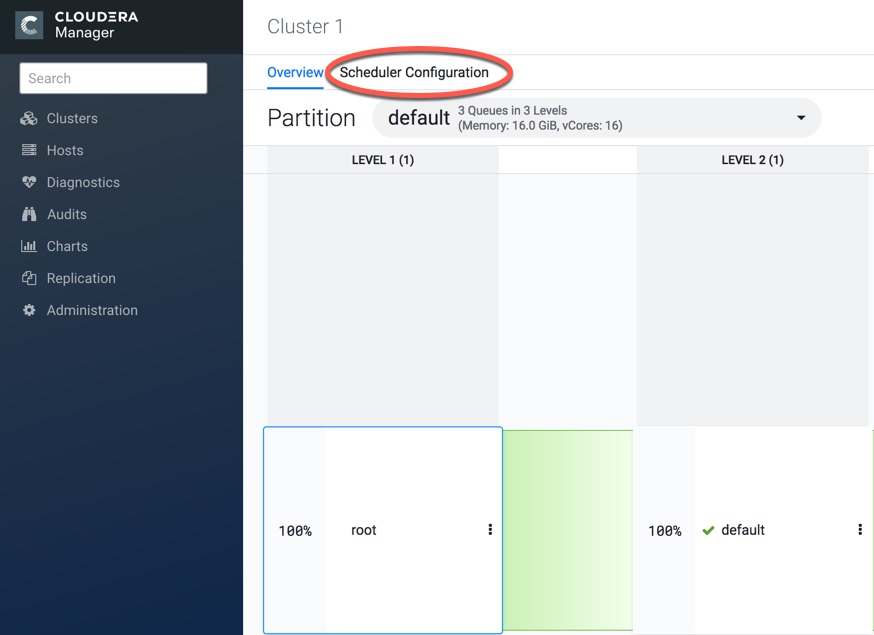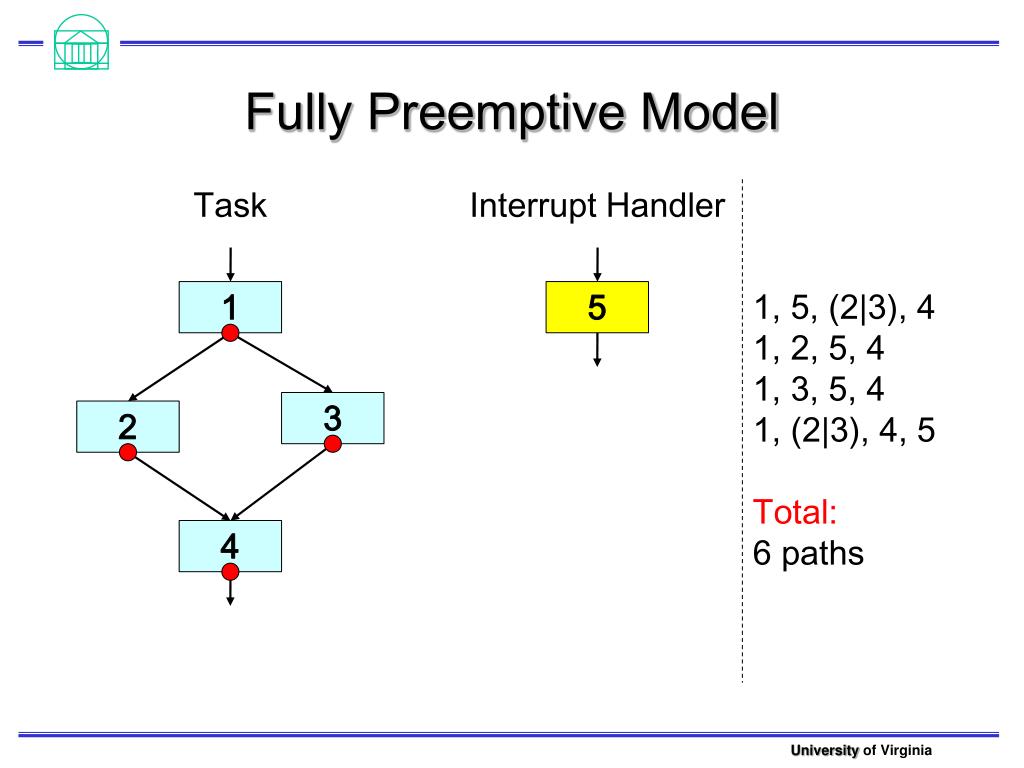

Having looked it some more, it appears the queue size on Seize can not be zero. Why not separate the two? What you could do is put a Queue object before the Seize with A=1, B=2, C=3 ordering, then set the queue size of the Seize object to 0 and put the pre-emption priorities (A,B=1 C=2) into the Seize task priority field like you've done here. The flowchart of the described queue I’m trying to model is shown on the image with some red lines trying to explain intuitively (but wrong) what I’m trying to do:

I tried using the outPreempted port of the Seize block to add a moveTo block to move the agent to the waiting area, but this port seems to work only when preemption causes to end the task (terminate serving option).
#Queue anylogic enable preemption how to
This study is intended to present an in-depth analysis about how to use the information from the connected vehicles to simulate the real world situation, so that an optimal traffic signal control solution can be achieved at intersections. Under the vehicle-to-vehicle (V2V) and vehicle-to-infrastructure (V2I) connection environment, it is necessary to conduct an in-depth analysis about how these techniques could be applied to improve the overall efficiency and safety conditions at intersections. arrival rate, signal phase length, etc.), specifically, 5.29% saving of total average system time, 4%-28% traffic queue reduction for different traffic lanes, and a positive relationship between average system de-lay and the average traffic queue length is detected.Ĭurrent situation of the traffic control strategies at the intersection has evolved and been improved through applying the advanced control technologies during the last decades, especially for signalized in-tersections around urban areas. Through applying the agent-based simulation modeling approach in AnyLogic, findings show that average system delay could be reduced using optimized parameters (e.g. However, few of them capture the benefit of using the queue length as the criteria under the connected vehicle environment, and this paper focuses on firstly identifying the potential saving of average system delay with agent-based simulation modeling, and sec-ondly finding out the relationship between average system delay and average queue length for traffic ap-proaching the signalized intersections. Studies focusing on adaptive traffic signal strategy have somewhat achieved the goal of reducing traffic system delay to some extent. Traditional intersection traffic signal control strategy is pre-determined signal with certain phase timing length for each circle.


 0 kommentar(er)
0 kommentar(er)
